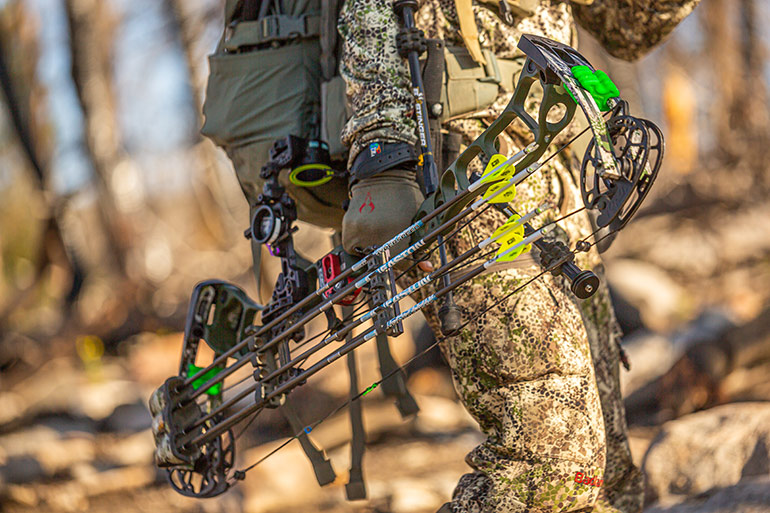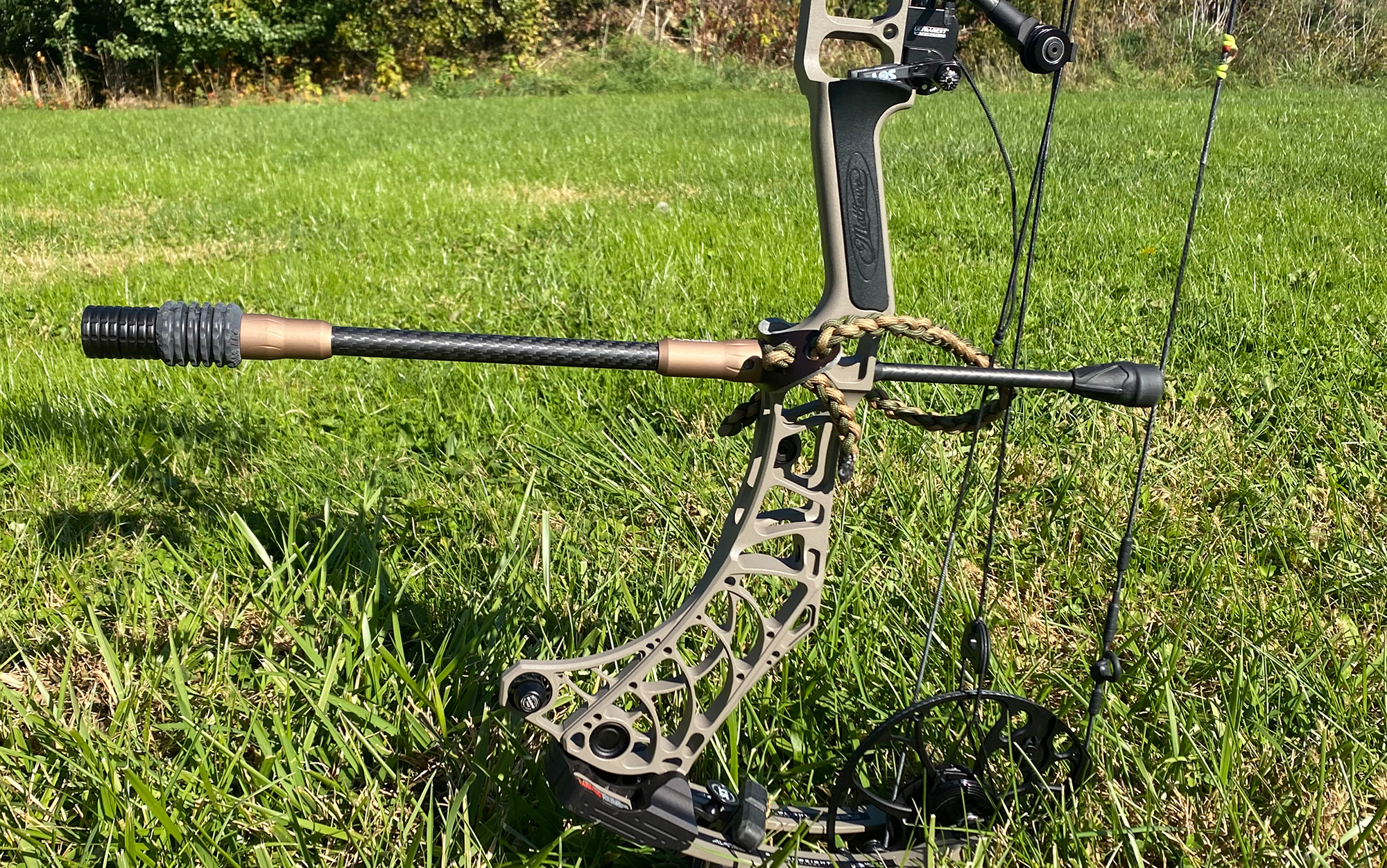The Ultimate Overview to Choosing the Right Archery Stabilizer for Improved Precision
Archery is a sporting activity that requires accuracy and accuracy, and selecting the ideal equipment is critical for achieving ideal outcomes. Among the numerous accessories offered, an archery stabilizer plays a substantial role in improving precision. With so many alternatives on the market, it can be frustrating to determine which stabilizer is the best fit for your demands. In this thorough overview, we will certainly explore the essential elements to think about when picking an archery stabilizer for boosted precision. From locating the optimum size to understanding the different designs and materials, we will delve into whatever you need to know to make a notified choice. Whether you are a seasoned archer looking to upgrade your devices or a novice seeking assistance, join us on this journey as we decipher the tricks to picking the excellent archery stabilizer.
Size: Discovering the Optimal Stabilizer Length
When choosing an archery stabilizer for ideal performance,Identifying the ideal stabilizer length is crucial. The size of a stabilizer directly influences the balance, security, and accuracy of the bow. A stabilizer that is also long can make the bow feel top-heavy and hard to control, while a stabilizer that is as well brief may not give sufficient security and dampening of vibrations. Locating the right size calls for thinking about variables such as the archer's shooting style, bow weight, and individual preference.
A longer stabilizer, normally varying from 8 to 12 inches, can offer higher security and reduce bow torque. This is particularly valuable for archers who shoot with a high draw weight or those who have a propensity to torque the bow throughout the shot. The included length assists to distribute the weight evenly and counterbalance any type of torque or activity.
On the various other hand, a much shorter stabilizer, usually between 4 to 7 inches, uses extra maneuverability and quicker response. It is favored by archers who shoot with a lower draw weight or those that call for more movement, such as seekers or 3D shooters. The shorter length enables easier motion via tight rooms and faster adjustments.
Inevitably, the ideal stabilizer size refers personal choice and shooting design. It is advised to experiment with different lengths and observe the impacts on stability and accuracy. Consulting with skilled archers or experts can likewise offer useful understandings and referrals.
Weight: Establishing the Appropriate Stabilizer Weight
After considering the optimal stabilizer length, the next important variable to consider when choosing an archery stabilizer is determining the appropriate stabilizer weight - archery stabilizer. The weight of the stabilizer plays an important function in improving accuracy and security throughout the shot
The weight of the stabilizer impacts the equilibrium and control of the bow. A heavier stabilizer can provide raised security and control, particularly for shooters with a tendency for inconsistent shots or unstable hands. It helps to absorb the resonances and recoil produced by the bow, reducing torque and decreasing the impact on the arrow's trip.
On the various other hand, a lighter stabilizer permits a quicker and extra receptive bow. It can be beneficial for shooters that prioritize maneuverability and rate over stability. Lighter stabilizers additionally minimize fatigue throughout long shooting sessions or competitors.
To figure out the proper stabilizer weight for your needs, it is necessary to consider your shooting design, physical stamina, and bow setup. Trying out different weights and observing the influence on your shooting efficiency is essential to locating the ideal equilibrium.
Eventually, the optimum stabilizer weight will differ for every specific archer. It is recommended to begin with a moderate weight and make changes based on individual choice and shooting outcomes. More Help Remember, the objective is to attain a controlled and steady shot, while additionally maintaining comfort and convenience of use.
Products: Choosing the Right Materials for Resilience and Efficiency
When picking an archery stabilizer, it is vital to carefully think about the products used in its building to make certain longevity and enhance performance. The selection of materials can significantly affect the total quality and effectiveness of the stabilizer.
One of the most frequently made use of products for stabilizers is carbon fiber. Furthermore, carbon fiber stabilizers are immune to temperature level modifications and are less likely to warp or bend over time.
One more popular material for stabilizers visit this page is aluminum. Light weight aluminum stabilizers are recognized for their resilience and rigidity. They provide excellent wetting capacities, lowering the quantity of shock and resonance transferred to the shooter's hand. Aluminum stabilizers also offer a wide variety of customization alternatives, permitting archers to readjust the weight and size to fit their preferences.
Some stabilizers are constructed using a mix of materials. A stabilizer may have a carbon fiber core covered in a light weight aluminum shell. This crossbreed design combines the most effective high qualities of both materials, providing ideal stability, durability, and efficiency.
Design: Recognizing the Different Stabilizer Layouts and Their Effects
Thinking about the materials made use of in archery stabilizers, it is very important to currently explore the different layouts of stabilizers and their respective results. The layout of an archery stabilizer plays an essential role in boosting accuracy and minimizing resonance during the shot. There are numerous different styles readily available on the market, each with its very own distinct characteristics.

One more popular layout is the side bar stabilizer. This layout includes attaching a brief pole sideways of the bow, parallel to the main lengthy rod. Side bar stabilizers aid in reversing the weight of accessories, such as views or quivers, and give extra stability to the bow.
Some stabilizers include adjustable weights. These stabilizers permit archers to tweak the equilibrium and feel of their bows by including or eliminating weights. This feature is especially useful for archers that prefer a details weight distribution or intend to try out various setups.
In addition, some stabilizers integrate wetting technology to decrease vibration and sound. These stabilizers commonly have integrated dampeners or use materials that soak up resonances, causing a smoother and quieter shot.

Accessories: Checking Out Added Devices for Boosted Security
To further enhance stability in archery, additional accessories can be that site utilized. These accessories are designed to work in conjunction with the archery stabilizer to offer an even higher degree of stability and precision. One such device is the V-bar or the side stabilizer mount. This accessory enables the accessory of a second stabilizer, which helps to minimize and balance the bow torque. By distributing the weight evenly on both sides of the bow, the V-bar helps to minimize any undesirable activity throughout the shot.
One more device that can enhance stability is a bow sling. A bow sling is a strap that connects to the bow and enables the archer to keep a relaxed grip on the bow take care of without the anxiety of dropping it (archery stabilizer). This loosened up hold assists to reduce muscular tissue stress and enables for a more regular and secure shot
Additionally, a stabilizer weight system can be made use of to adjust the balance and stability of the bow. These weight systems typically contain little weights that can be added or removed from the stabilizer to readjust the balance factor of the bow. By discovering the optimal equilibrium factor, archers can achieve an extra steady and accurate shot.
Conclusion
In final thought, picking the best archery stabilizer entails considering aspects such as length, weight, materials, style, and added devices. The optimal stabilizer length and weight will depend on private choices and shooting design.
Determining the optimal stabilizer size is crucial when choosing an archery stabilizer for ideal efficiency. A stabilizer that is also long can make the bow really feel top-heavy and difficult to manage, while a stabilizer that is also brief might not provide sufficient security and dampening of resonances - archery stabilizer.Taking right into account the products made use of in archery stabilizers, it is vital to currently dive right into the various styles of stabilizers and their corresponding results. Side bar stabilizers aid in counteracting the weight of devices, such as quivers or views, and give added security to the bow
These weight systems typically consist of small weights that can be added or removed from the stabilizer to adjust the equilibrium factor of the bow.